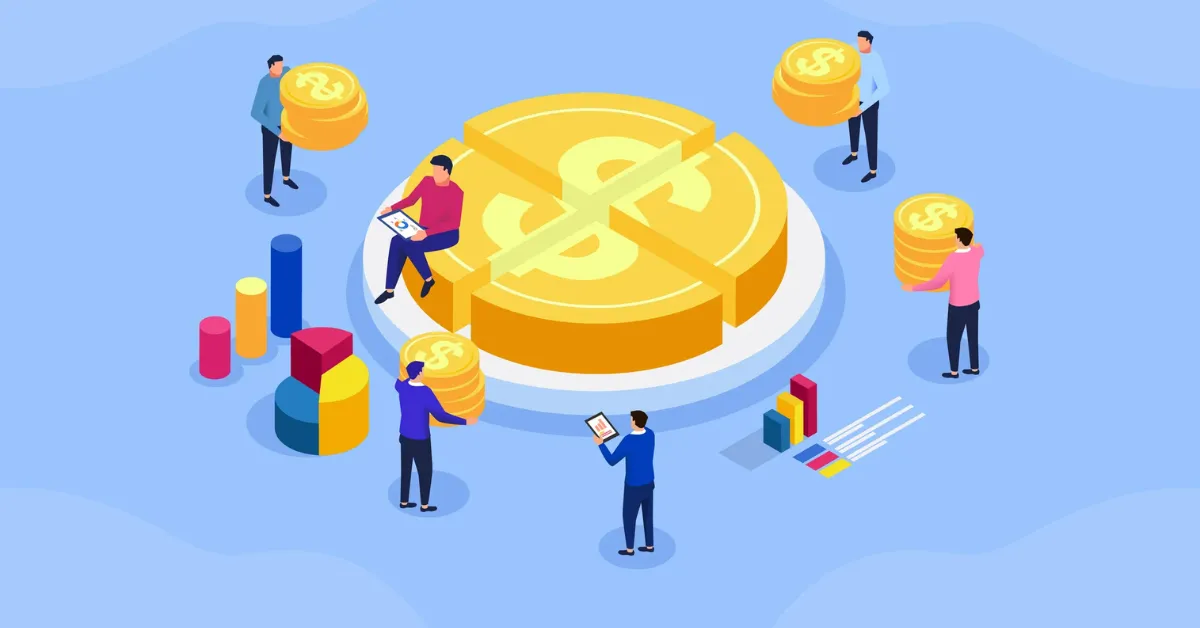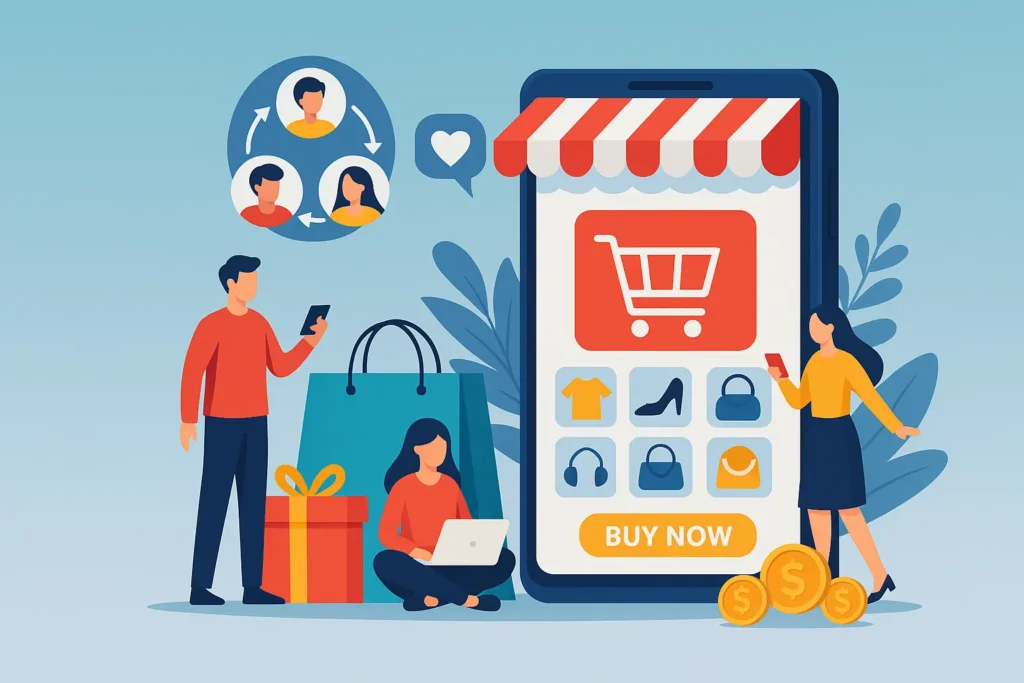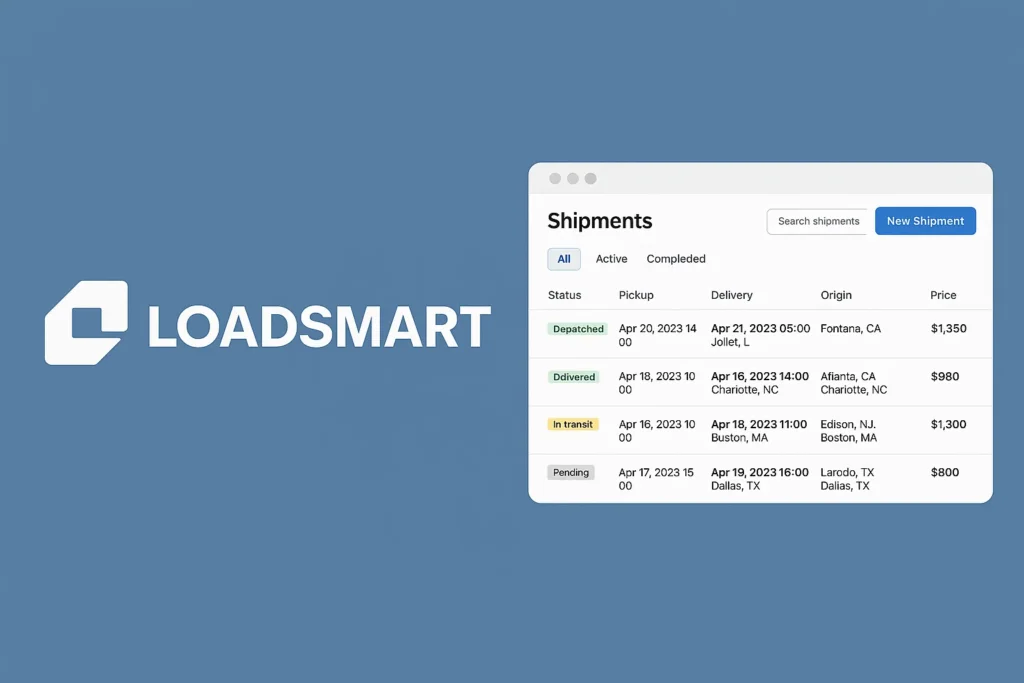Let’s be honest—who hasn’t fantasized about launching the next big E-commerce and Online Shopping Platform? You picture it: vendors lining up to sell, shoppers clicking “buy now” like it’s a reflex, and revenue rolling in faster than a Black Friday flash sale. Whether you’re thinking Amazon, Etsy, or even a Flipkart clone, there’s one non-negotiable ingredient for success—a killer revenue model.
Because let’s get real: slapping up a storefront won’t cut it. You’re not just building a place to shop; you’re creating a commerce ecosystem where buyers trust, sellers thrive, and you—the platform owner—make consistent, scalable income. And no, just taking “a tiny commission” won’t make your numbers sing. The winners? They weave in smart monetization from day one.
At Miracuves, we specialize in crafting scalable e-commerce clones with business-ready revenue strategies already built-in. If you’re ready to launch a Flipkart-level success story, let’s break down what makes an online marketplace profitable, sustainable, and irresistible.
E-commerce Monetization: More Than Just a Cart
Unlike social media or content apps, e-commerce users are primed to buy. That’s a huge edge. But competition is fierce, user expectations are sky-high, and margins can get razor thin. To thrive, your revenue model must be as optimized as your product pages.
From product fees to seller subscriptions, affiliate tie-ins to logistics upsells—every part of your platform can drive income. The key is knowing where to start and how to scale.
Read More : Business Model of Amazon in 2025: How the E-Commerce Giant Earns, Scales, and Stays Ahead
Key Revenue Streams for E-commerce Platforms

1. Commission on Sales
The most common and arguably most sustainable model. You take a percentage of each transaction. Variations include:
- Fixed commission per category
- Tiered commission based on seller volume
- Hybrid: base + performance-based incentives
Example: Amazon charges between 6% and 45% depending on product category.
2. Subscription Fees (Sellers and Buyers)
Charging sellers for:
- Storefront setup
- Premium dashboard analytics
- Early access to campaigns (like sales events)
And charging buyers for:
- Free or fast shipping (like Amazon Prime)
- Member-only deals
- Cashback rewards
Recurring revenue = predictability. And predictability is startup gold.
3. Featured Listings and Ads
Sellers can pay to:
- Boost product visibility in search results
- Get homepage placements
- Run retargeting ads within the platform
This model is scalable and performance-driven. Plus, it gives sellers an ROI-based reason to spend.
4. Fulfillment and Logistics Fees
Offer value-added services like:
- Warehousing (FBA-style)
- Packing and shipping
- Returns handling
You charge per unit, per order, or percentage of order value. Win-win: sellers get convenience, you get margins.
5. Payment Gateway Markup
Even if you use third-party processors like Stripe or Razorpay, you can:
- Charge a small platform fee on top of base processing
- Bundle payment services into premium seller plans
- Offer instant payouts at a higher rate
Margins might be thin, but volume makes up for it.
Read more : Complete Guide to Starting an E-commerce App Business
Emerging Monetization Channels
Dropshipping Integrations
Offer built-in tools for sellers who don’t carry inventory. You can:
- Charge for access to supplier networks
- Take a cut from each successful drop-ship order
- Sell automation tools (order syncing, inventory tracking)
Digital Products and Licensing
Selling eBooks, courses, printables, software licenses? You don’t have to worry about shipping or stock. Take a higher commission or offer unlimited listings for a flat fee.
Affiliate Marketing Layer
Let influencers, bloggers, or niche sites drive traffic to your sellers. Pay them a slice of the sale—but you keep the customer.
Beyond Revenue: The Retention-Profit Loop
Your revenue model isn’t just about what users pay—it’s about why they stay. Platforms that monetize effectively also invest in:
- Personalization engines (more relevant offers = more conversions)
- Loyalty programs (repeat buyers = compounding revenue)
- Seller tools (happy sellers = growing inventory)
All of which feed back into higher revenue per user and lifetime value.
Pitfalls to Avoid
- Undercharging early: Intro pricing is fine, but avoid anchoring your value too low.
- Overcomplicating fees: Sellers and buyers hate mystery math. Keep it clear.
- Ignoring logistics pain points: Every bad delivery affects trust—and future earnings.
Trends to Watch
- Social commerce: Shoppable stories, live-stream sales, and influencer storefronts
- BNPL (Buy Now, Pay Later): Drives up AOV (Average Order Value), and platforms earn from installment partners
- AI-assisted shopping: From personalized feeds to virtual try-ons
These aren’t optional extras anymore—they’re your next revenue stream.
External Source: Statista – Global eCommerce Revenue by Segment
Read More : How to Market an E-commerce Marketplace App Successfully After Launch
Conclusion & Final Thoughts
E-commerce is booming, but without a monetization engine under the hood, it’s just digital window shopping. With the right revenue model—diverse, data-driven, and user-friendly—you’ll turn carts into cash and clicks into loyalty.
At Miracuves, we help innovators launch high-performance app clones that are fast, scalable, and monetization-ready. Ready to turn your idea into reality? Let’s build together.
FAQs
Still have questions about revenue models for e-commerce platforms? Let’s clear them up.
Do I need to charge sellers and buyers?
Not always. You can choose one, both, or neither at first. Many start with free onboarding and introduce fees later.
How much commission is standard?
It varies. Most platforms take between 5% and 20%. High-volume sellers can justify lower rates.
Can small platforms compete with Amazon?
Yes, by focusing on niche markets, better UX, or localized products. Personalization wins.
Is it okay to run ads on my platform?
Absolutely. Especially if they’re product-related or help sellers boost visibility. Just don’t overdo it.
What if I only sell digital goods?
Great—higher margins, no shipping hassles. Just be sure to offer secure delivery and licensing features.
Should I handle fulfillment myself?
If you can do it profitably, yes. Otherwise, partner with third-party logistics and charge for the connection.
Related Articles








